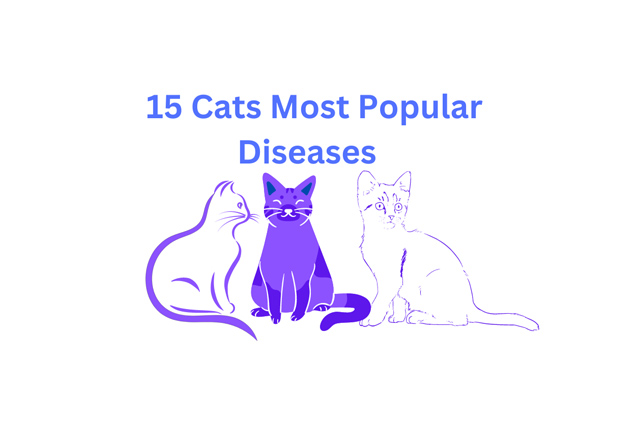Cat lovers know that owning a cat comes with its own set of unique challenges. They also know that their feline friends are happy to help with some of those challenges by bringing home any stray they find, be it a cute calico or a longhaired Persian. But there’s also the other side of the coin; cat ownership can come with its fair share of difficulties as well. Namely, the fact that cats are notorious for bringing home stray and even neighborhood strays in an attempt to keep company and keep warm. This is especially true for indoor cats who may have difficulty mingling with other animals who may carry fleas or viruses. And speaking of fleas, let’s talk about one of the most common diseases among indoor cats: Fleas, Ticks and Yeast Infections (Fttp). But wait… you may ask what exactly is Fttp? And why should you care about it? Let us answer your questions one by one…
What is Fleas, Ticks and Yeast Infections?
Fleas are small wingless insects that feed on blood and can live on cats and other mammals. Cats are thought to be natural hosts of fleas, but dogs, rabbits and humans can also be infested with these parasites. While fleas may exist on a host species, ticks are parasites that are parasitic on another species. The problem with cats and ticks is that these parasites are found in the same place – the host’s skin. Fleas and ticks can be a serious problem for indoor cats because these parasites can spread diseases, cause allergic reactions and cause secondary infections. And because of the risk of transmitting disease and causing allergic reactions, many veterinarians recommend that indoor cats be treated for ticks and fleas every month.
Fleas, Ticks and Yeast Infections Symptoms in Cats
If you own a cat, then chances are you’ve noticed their coat getting less and less shiny as the months go by. This is because cats’ hair coat has a natural protective layer called the “dandruff”. This layer is designed to protect the cat’s coat from the effects of the common indoor allergens such as dust mites, molds and pet dander. Unfortunately, dandruff in cats is often a sign of a much more serious allergy. A cat with dandruff is likely to experience itching and an inflamed coating on their skin. This is because the allergy is the result of the immune system overreacting to the allergens in the cat’s indoor environment. At the same time, cats who have common indoor allergens in their environment can develop a condition called “yeast infections”. And while most of us don’t find yeast infections very attractive, they are actually very common in indoor cats.
Fleas, Ticks and Yeast Infections Prevention Tips for Cat Owners
– Keep your cat indoors. – Use flea and tick prevention products. – Install a high quality cat door. – Keep your furniture clean and dust-free. – Eliminate any potential food allergens. – Feed your cat a high quality dry food. – Maintain high quality litter boxes. – Clean your cat’s environment regularly. – Keep your cat’s nails trimmed regularly. – Offer your cat the company of another cat. – Prevent your cat from roaming the neighborhood and getting into fights with other animals. – Avoid overfeeding your cat. – Clean and sanitize hands, cutting boards and other surfaces that your cat has been on before interacting with it.

Fleas, Ticks and Yeast Infections Conclusion
Fleas are just one of the many obstacles that indoor cats face. And while they are common and can be treated with over-the-counter products, they can also be dangerous if untreated. Fleas can cause your cat to itch, and whining and scratching can lead to secondary infections or skin irritation. These can be dangerous or even life-threatening to your pet. You can keep fleas off your cat by keeping him inside and indoors. You can also use a flea and tick preventative such as Frontline, which stops fleas and ticks from biting your cat. If your cat does get fleas, you should first use an over-the-counter flea treatment. You can also use a flea comb to remove fleas from your cat’s coat. Although fleas are a common indoor threat, other pathogens such as worms and yeast can also be a threat.






















